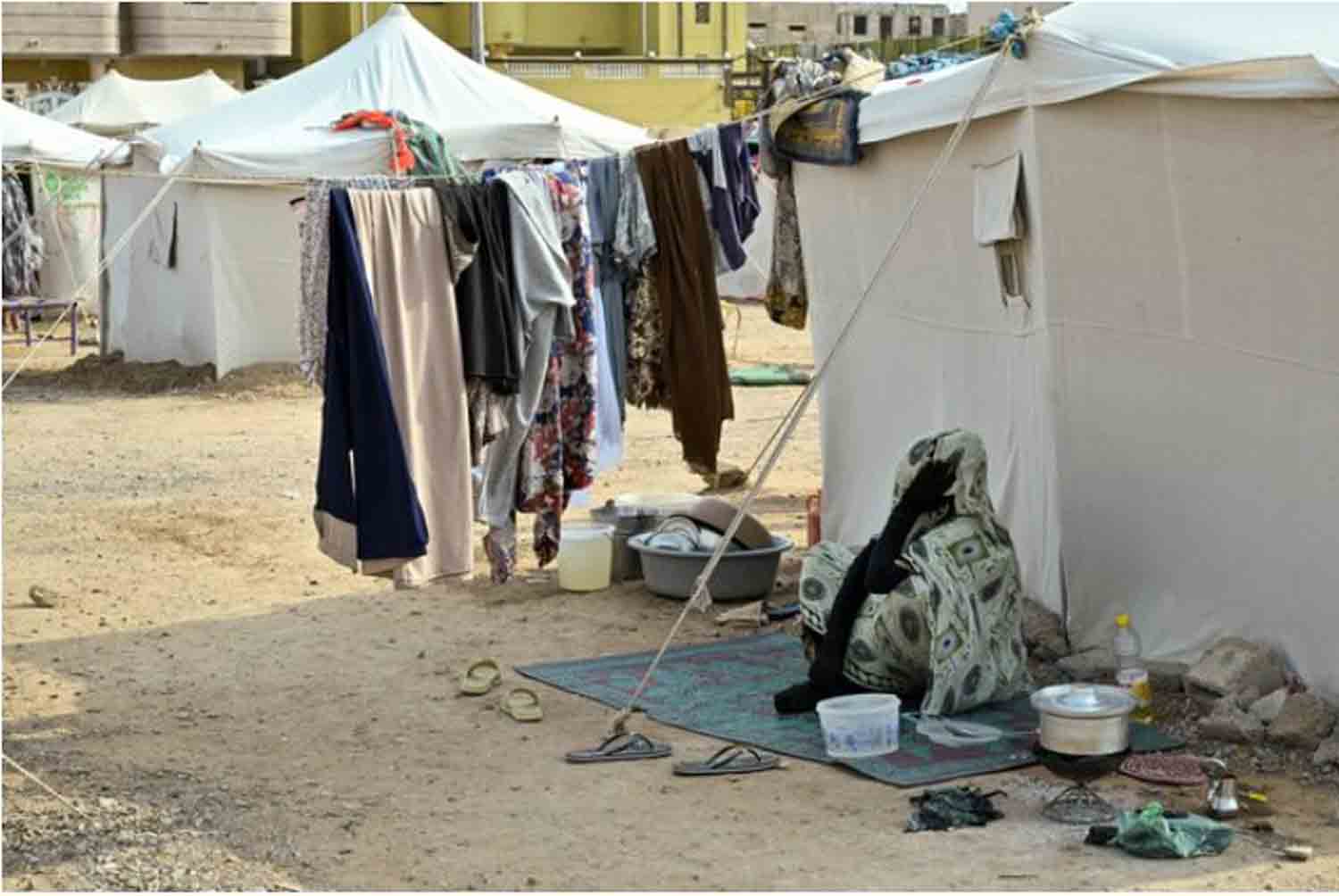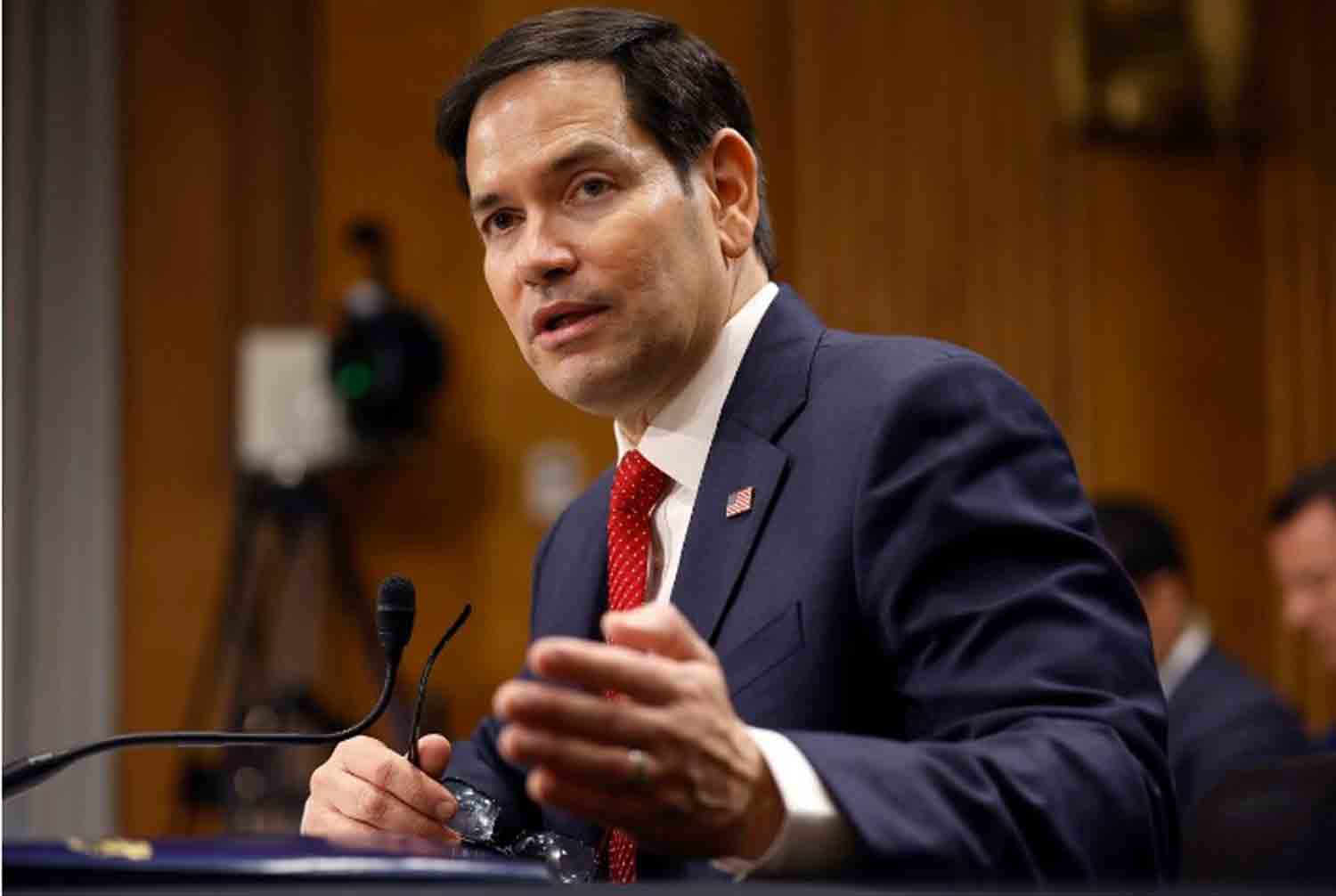A new chapter in American politics has emerged as the nation enters a prolonged phase of presidents reversing each other’s policies.
On his first day in office, President Donald Trump initiated a campaign to dismantle the initiatives established by Joe Biden and his administration. Among Trump’s most controversial decisions were the mass pardons for individuals involved in the January 6, 2021, Capitol riot and his challenge to the constitutional principle of birthright citizenship, which has already prompted legal action from Democratic state attorneys general.
Much of Trump’s agenda was designed to frame Biden’s presidency as a temporary pause between two Trump administrations, focusing on reversing Biden’s immigration policies, abolishing government diversity initiatives, rolling back climate change measures, and consolidating political influence over federal agencies.
This pattern mirrors the actions taken four years prior when Biden assumed office, issuing executive orders to revoke numerous Trump-era immigration policies, restore protections for federal employees, enhance diversity and inclusion efforts, and reverse environmental regulations implemented by Trump.
What one president establishes, the next seeks to dismantle.
Denali. McKinley. Denali. McKinley.
The debate over whether the highest peak in the United States should be referred to by its traditional Alaskan name, Denali, meaning “Great One,” or as Mt. McKinley, in honor of a Republican president from Ohio who was assassinated in the early 20th century, serves as a reflection of the current political climate.
President Barack Obama officially renamed it Denali, while President Donald Trump, disregarding the sentiments of Alaska’s Republican leaders, opted to revert it to Mt. McKinley.
However, the renaming of a mountain pales in comparison to the broader policy shifts witnessed in recent years.
Paris climate agreement: a cycle of entry and exit
► Obama entered the Paris climate agreement in 2016.
► Trump withdrew the US in 2017.
► Biden rejoined in 2021.
► Now, Trump is once again pulling the US out, contending that the nation should not bear the brunt of global climate change efforts.
The trend has historical roots, dating back to President Bill Clinton’s administration, which committed to the international Kyoto Protocol—an agreement that preceded the Paris Agreement. However, this commitment was reversed when President George W. Bush withdrew the United States from the protocol.
World Health Organization: Renewing the Departure
► In 1948, President Harry Truman became a member of the World Health Organization, stating, “We must and will give freely of our great knowledge to help liberate men everywhere from the overhanging dread of preventable disease.”
► In 2020, during the initial phase of the Covid-19 pandemic, President Trump initiated the withdrawal of the United States from the WHO, citing concerns that the U.S. was contributing disproportionately compared to China.
► On his first day in office in 2021, President Biden reinstated the United States’ membership in the WHO.
► However, on his first day in office in 2025, Trump began the process of withdrawing the U.S. from the organization once again.
Reclassifying Federal Workers
In 2020, expressing concerns about a perceived “deep state” opposition, Trump attempted to reclassify certain federal employees involved in policymaking as “Schedule F,” which would facilitate their dismissal.
Biden halted this initiative in 2021 and took additional measures by signing an order that provided enhanced protections for federal employees.
Now, Trump is seeking to reinstate Schedule F, asserting that the bureaucracy must align more closely with his directives. He emphasized, “Any power they have is delegated by the President, and they must be accountable to the President, who is the only member of the executive branch.”
Critics are concerned that Trump’s initiative to cultivate a federal workforce more aligned with his interests may jeopardize the merit-based civil service system established to replace the corrupt spoils system prior to McKinley’s presidency, as reported by CNN.
Regarding oil drilling, Trump 1.0 attempted to reverse Obama’s prohibition on drilling in Arctic waters. Now, Trump 2.0 aims to overturn Biden’s restrictions on offshore oil drilling. However, the extent of additional oil production resulting from Trump’s actions remains uncertain, given that the U.S. is already the leading oil producer globally.
Conversely, Trump is also working to halt Biden’s initiatives aimed at terminating land and water leasing for wind energy projects.
Electric and hybrid vehicle adoption
In the automotive sector, Obama promoted the adoption of electric vehicles by implementing regulations to reduce tailpipe emissions. Trump reversed these regulations in 2020, and while Biden has made another attempt to tighten tailpipe emissions standards and encourage electric and hybrid vehicle adoption, Trump plans to dismantle these efforts as well, despite the automotive market’s ongoing shift towards electric vehicles, independent of government intervention.
Trump is willing to make adjustments on certain matters.
During his initial term, Trump emphasized the importance of renegotiating the North America Free Trade Agreement (NAFTA), originally established by President Bill Clinton.
He successfully negotiated the US-Mexico-Canada Trade Agreement, which was a notable achievement of his first term. However, in the early phase of his second term, Trump has threatened to impose 25% tariffs on Canada and Mexico, set to take effect on February 1. These import duties could undermine his own agreement and increase costs for American consumers, yet they may also create opportunities for further concessions from Canada and Mexico.
Interestingly, the significant development regarding tariffs is that Trump has temporarily postponed discussions about implementing broad new tariffs on all imports, particularly targeting Chinese goods.
For context, President Biden has continued the tariffs imposed by Trump during his first term on China, illustrating that not all actions taken by one president are reversed by their successor.
Discover more from Defence Talks | Defense News Hub, Military Updates, Security Insights
Subscribe to get the latest posts sent to your email.





